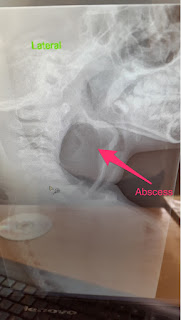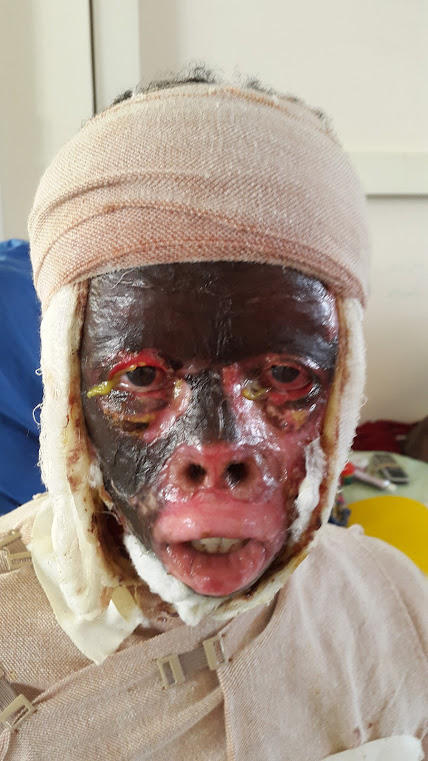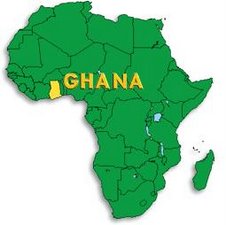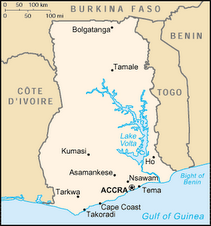This week, two children presented near death from airway
obstructions and both are now doing well.
The child seen below ingested a fish bone the
week before and an abscess developed in his throat obstructing his breathing.
At surgery, the retropharyngeal abscess was lanced and his breathing improved.
Pictured is the abscess anterior to the vertebrae obstructing his airway. The abscess is the large irregular structure in the middle of the photo i.e. in the middle of his throat.
The other child, a 13 month-old, was born with a cyst behind her right ear
which enlarged to the opposite side of her neck causing breathing and eating
difficulty. Seven days before arriving, the
abscess had been aspirated at a different location with temporary improvement. However, when the child presented to
Tamale Teaching Hospital, she was in respiratory distress. Only after the
abscess ruptured was the child able to be intubated and the abscess drained. The
child is now doing well.




